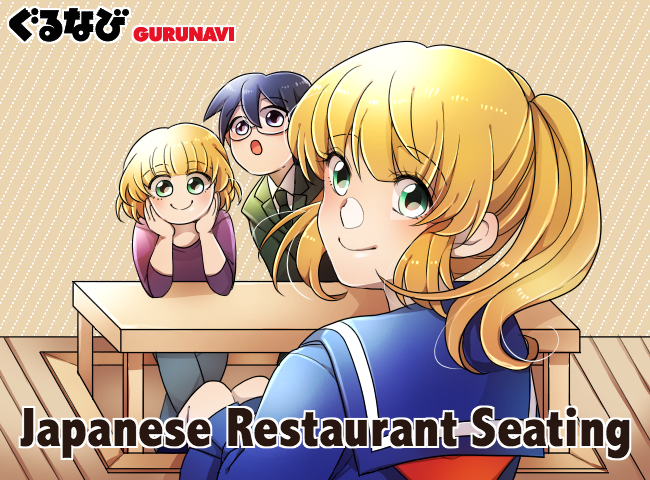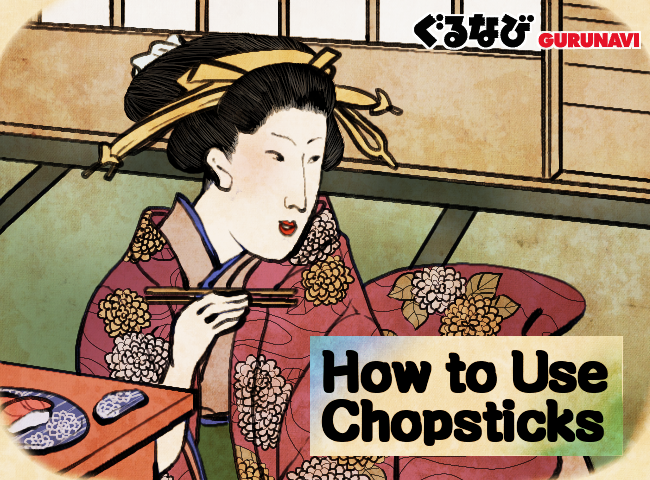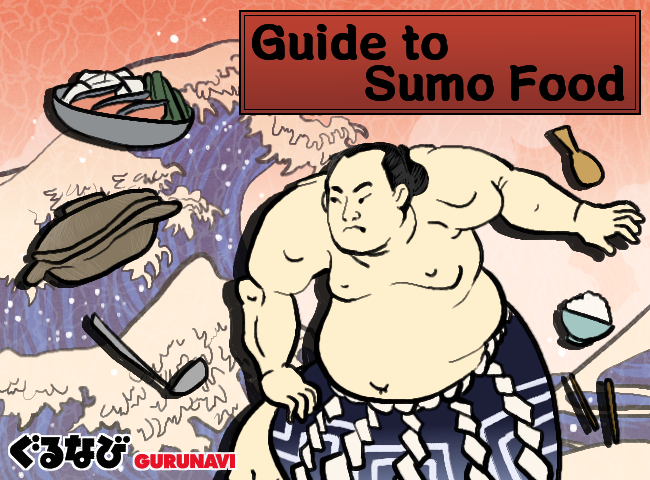Guide to Dining Out in Japan - Travel Tips for Japan
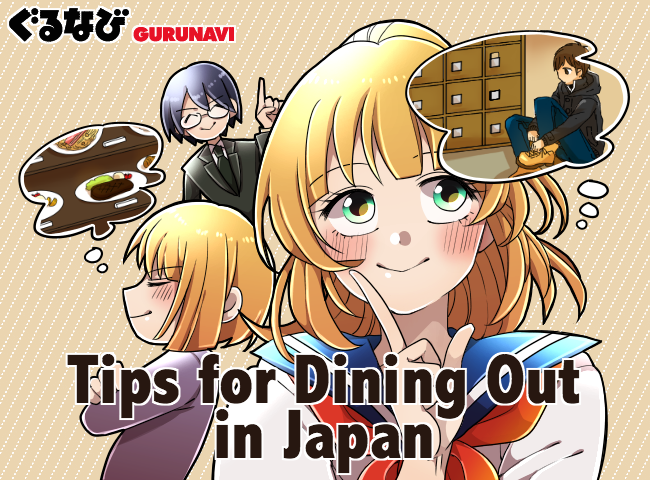
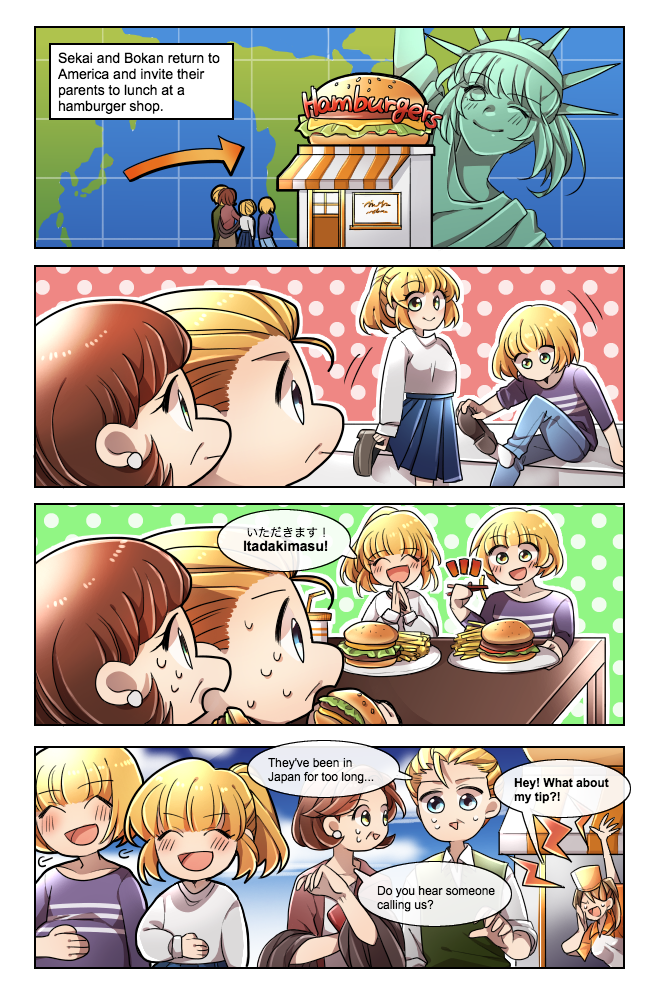
Home to three of the five cities with the most Michelin stars in the world, Japan is an incredible country for dining out. Michelin starred-restaurants aside though, a good meal is famously is easy to find in Japan, with its consistently high standards for food and huge diversity of restaurants, both Japanese cuisine and international.
Like any country in the world, there are specific dining out customs in Japan. However, Japan’s can seem particularly perplexing, even to seasoned diners. In addition to language barriers, there are unique table manners, chopstick etiquette, different types of seating arrangements in restaurants, and different types of restaurants—from tachinomi (bars where you stand to eat and drink), izakaya (a type of Japanese gastropub), to more formal kappo (traditional counter-seat) restaurants.
Read: Tachinomi 101: Your Guide to Japan's Quirky Standing Bars
Different processes and etiquette can leave the unprepared traveler bewildered, so to ensure you have the smoothest dining experiences possible, read on to learn all the ins and outs of dining out in Japan.
Dining Out Travel Tips for Japan
1. Before You Go to a Restaurant
How to find a restaurant: If you’re the type of person who likes to stumble upon new places by chance, then the plastic food models outside of restaurants can provide a useful guide to figuring out what kind of food is a restaurant serves, and whether this appeals to your taste.

If you prefer to have an idea of what restaurants are available in an area, and the specific features and menu of the restaurant, it’s useful to search online, using sites like Gurunavi.com.
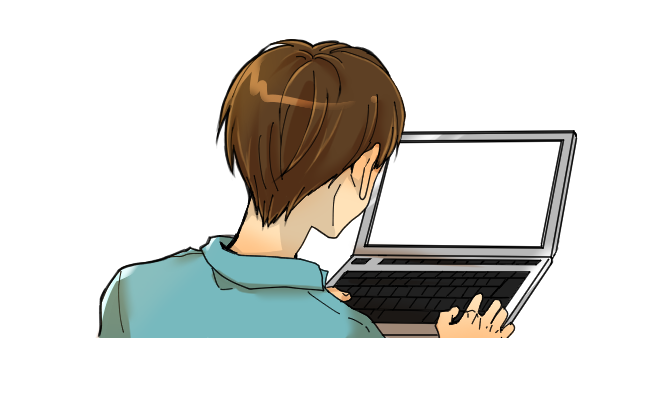
Making a reservation: It’s best to make reservations if you’re dining out in a large group (4 or more), especially for smaller restaurant venues, high-end restaurants, on a Friday or Saturday night, or during the holiday seasons. Reservations can be made in person or over the phone, and restaurants are also increasingly offering online reservation services.
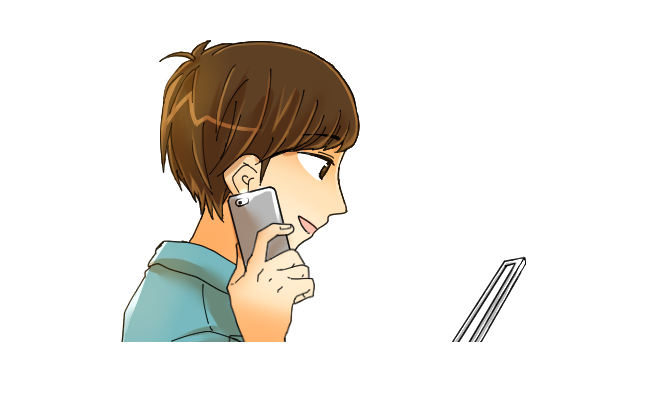
2. When You Arrive at a Restaurant
If you have a reservation: When you arrive at a restaurant, if you already have a booking, just mention your name as the restaurant staff will be expecting you. Japan is a country where punctuality is highly valued, so if you are running late for your booking (even 5 minutes), it’s best to let the restaurant know—as they may otherwise think you are not coming and give your booking away.
If you don’t have a reservation: On arrival you’ll be asked the number of people in your party. If the restaurant is full—especially on a Friday or Saturday night—you may be asked to wait, or be told that it’s not possible to get a seat for the evening if the wait time potentially exceeds two hours, or if it’s close to closing time.
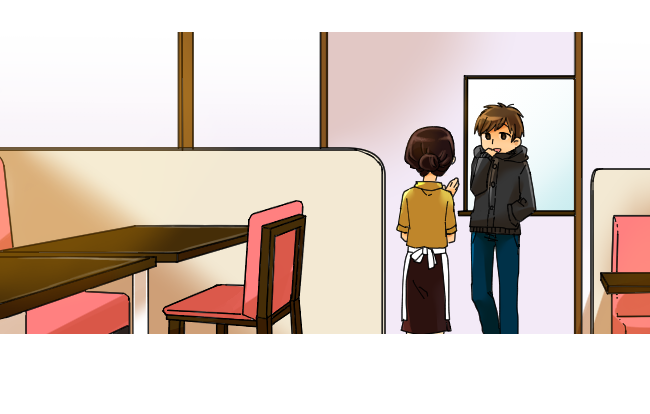
Types of seating arrangements: There are different types of seating arrangements available depending on the type of restaurant.
Read: Eating Out In Japan - Types of Seating at Japanese Restaurants
In addition to different types of seating, many cafés and restaurants will offer you the choice of sitting in the smoking or non-smoking sections.
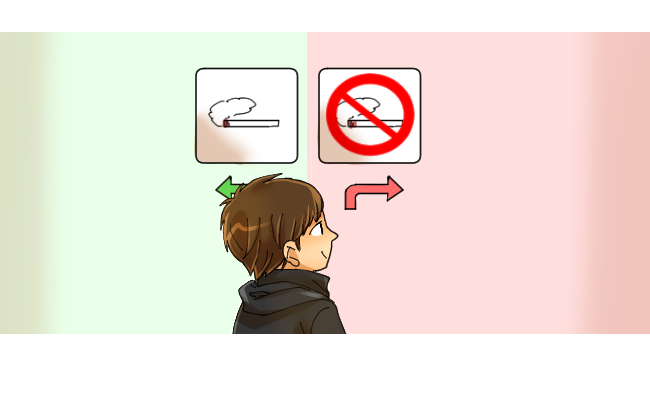
If the restaurant has a traditional tatami seating area, you may be asked to take your shoes off before being seated. You will either be shown where to store them in a locker or on a shoe rack, or the wait staff will put them away for you and then return them to you when you are ready to leave.
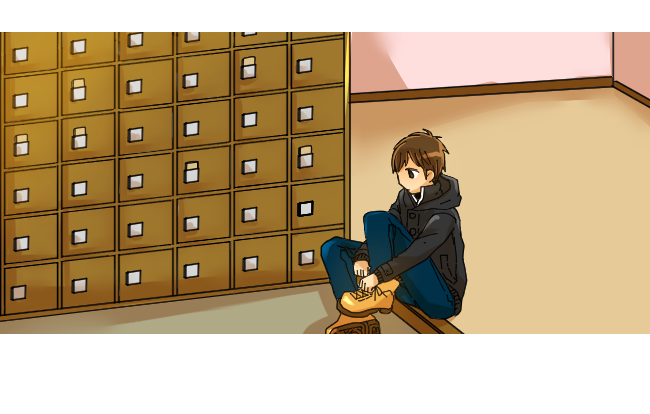
3. Ordering and Eating
Oshibori: Once you are seated, you will be offered a hand towel called an “oshibori” for cleansing your hands prior to starting your first drink or dish. Your server may ask if you prefer a hot or a cold oshibori, and in fast food restaurants and quick service restaurants, you may just receive an individually-wrapped moist towelette at your table instead of a towel.
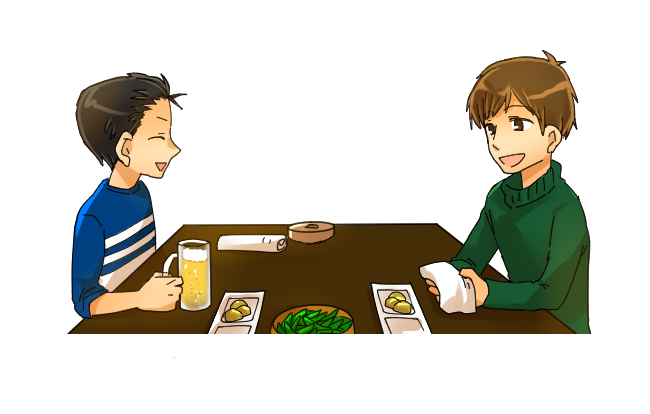
Otoshi: Most drinking establishments will also bring you a small dish, called “otoshi”, with your first drink. These are charged to your bill—for usually just 300 yen—and act as a cover charge for dining. Otoshi come in a range of small dishes, and often change daily. They are a good chance to try new dishes, and to curb an appetite before ordering.
Read: Otoshi FAQ - A Guide to Japan’s Table Charge Dishes
How much to order: If you’re not sure what or how much to order, especially at an izakaya where there’s a wide menu of food and drinks, it’s good to start by ordering one drink per person and perhaps a light snack or appetizer to gauge the size of meals, appetites of diners, and speed of service.
How to order: Once you’re ready to order, you can call over the server by saying “Sumimasen!” or “Onegaishimasu!”. Informal restaurants and izakaya may have a button at the table for calling the server, and some restaurants may even have a tablet or touchscreen at the table for placing your order.
When ordering, you may be asked several questions by your server, such as if you want rice or bread on the side or what kind of rice you’d like (white rice or brown rice). During lunchtime hours, if you order a set lunch course that includes a drink, your server may ask if you’d like the drink to be brought to your table before or after your food.
Chopsticks and cutlery: With the exception of formal dining establishments, you will usually find chopsticks and other cutlery in a tray at the table. If there is no cutlery to be found at the table, however, it’s usually available on request so just ask your server.
Read: A Manga Guide to Chopstick Etiquette 101
Table manners: There are a number of table manners to follow in Japan, depending on the situation and how formal of a restaurant it is. For example, if you are drinking at an izakaya and sharing a bottle of beer or sake, or if there’s a pitcher of water or iced tea at your table, then it’s polite to fill other people’s glasses before your own—and even to take over pouring duties from the person who has been pouring for others to fill their glass for them.
Read: 7 Essential Japanese Table Manners: From Chopstick Slip to Double Dip
4. Paying and Leaving
How to get the bill: At lunchtime and more casual dining establishments, you may receive your bill with your meal. However, at other restaurants there is an expectation that you will be ordering additional food and drinks over the course of the meal, so the check may not be brought to you until you ask for it. In this case, you can ask for the bill by saying: “O-kaikei onegaishimasu”, “O-kanjo onegaishimasu”, or “Chekku onegaishimasu”. In casual restaurants, it’s common to make a gesture by crossing the index fingers to form an “”X to indicate a request for the bill. However, this gesture should be avoided in more formal restaurants.
Where to pay: Once you have the bill, you can take it to the cash register at the front of the restaurant for payment, although in some restaurants—especially in more western-style restaurants—you may pay at the table.
How to pay: It’s a good idea when dining out in Japan to take enough cash to cover the entire meal including drinks, as not all places accept credit card. In addition, at some restaurants you may not be able to use lesson common credit card brands such as AMEX or Discover Card.
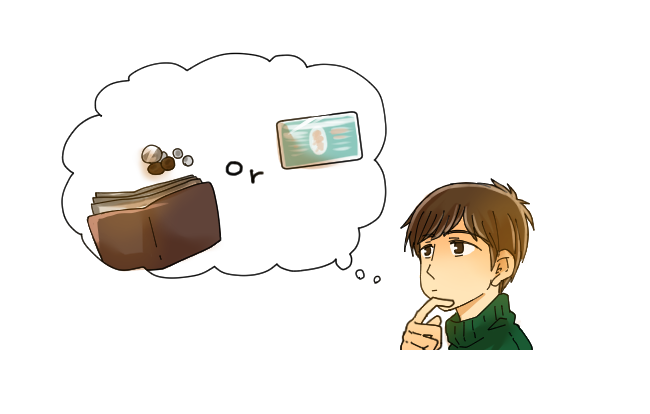
Service fees: When paying the bill, the amount listed on your check is the total amount you will pay for your meal. Any service fees or seating charges will be automatically calculated for you, and there is no tipping culture in Japan, so you do not need to tip your server or the restaurant—even if you found the service to be exceptional. However, do be sure to thank the staff for your meal by saying “Gochisosama deshita!” (“thank you for the delicious meal”) at the very end.
Follow These Tips for Dining out in Japan for a Smooth & Satisfying Restaurant Experience
Japan offers a wide variety of dining out experience, from informal standing bars to deeply traditional fine dining. While you’re visiting, why not try a variety of experiences for a taste of something new and different? And be sure to visit the Gurunavi restaurant listings for the best guide on places to dine out in Japan. Itadakimasu!





